Gamify Learning-gamified learning for classrooms
Transform lessons with AI-powered gamification
Related Tools
Load More20.0 / 5 (200 votes)
Introduction to Gamify Learning
Gamify Learning is designed to transform traditional classroom environments into engaging, interactive learning experiences by integrating game mechanics and physical elements into the curriculum. The primary goal is to make learning more interactive, motivating, and enjoyable for students while maintaining clear learning objectives. By incorporating elements like point systems, avatars, thematic activity stations, and progress trackers, Gamify Learning seeks to enhance student engagement and encourage active participation in the educational process. For example, in a Year 7 history class, the classroom can be transformed into a medieval kingdom where students embark on a 'quest' to complete various activities. These activities may include solving historical puzzles, participating in mock debates, or creating mini-projects. Each task earns points, and students can track their progress on a kingdom map, with rewards given for achieving milestones. This blend of physical classroom transformation and structured gamified tasks helps foster both collaboration and competition, motivating students to achieve the lesson’s objectives.

Main Functions of Gamify Learning
Classroom Transformation
Example
A Year 5 science classroom is turned into a space station where each group represents a team of astronauts conducting experiments.
Scenario
The walls are decorated with posters of planets, and props like astronaut helmets or 'moon rocks' are placed around the room. Each station is labeled as a different planet or space mission, and students rotate between stations to complete tasks related to different scientific concepts, such as gravity or the water cycle.
Points-Based System
Example
In a Year 8 math class, students solve algebra problems to earn points. Each correct answer gives them a 'code' to unlock the next level of the game.
Scenario
Students work in teams to solve equations. For each correct solution, they earn points and clues to a larger puzzle. The team with the most points at the end of the lesson is rewarded with tangible rewards, such as badges or certificates. This system keeps students motivated to complete their work accurately and efficiently.
Activity Stations with Themes
Example
For a Year 6 geography lesson, the classroom is divided into stations representing different continents, each with activities focused on learning about that region’s climate, culture, and landmarks.
Scenario
Students rotate through stations themed as continents, engaging in tasks like matching landmarks to countries, identifying climate zones, or drawing maps. Each station has props related to the region—such as models of famous landmarks or native animals—and tasks are timed to maintain a game-like atmosphere.
Ideal Users of Gamify Learning
Teachers
Teachers looking to increase student engagement and participation would benefit the most from Gamify Learning. These educators seek to incorporate creative approaches into their lessons, ensuring that students are both motivated and involved in the learning process. Gamification helps teachers address students' diverse learning styles by offering various activities—visual, kinesthetic, and auditory—through interactive stations and game-like elements.
Students
Students, particularly those in primary and early secondary education, are the direct beneficiaries of Gamify Learning. This group includes learners who may struggle with traditional teaching methods or have short attention spans. Gamified lessons cater to their need for dynamic, hands-on activities while reinforcing subject matter in a fun and engaging way. It also promotes teamwork, competition, and collaboration, which can help students develop critical social and cognitive skills.

How to Use Gamify Learning
1
Visit aichatonline.org for a free trial without login, no need for ChatGPT Plus.
2
Choose your target year group, subject, and learning objectives for a customized gamified lesson plan.
3
Select from a variety of game-based activities, challenges, and classroom transformation ideas to suit your lesson.
4
Integrate the points system, physical avatars, and activity stations in your classroom setup to engage students.
5
Track student progress using leaderboards, rewards, and visual trackers, adjusting the game dynamics as needed.
Try other advanced and practical GPTs
EasyPromptGPT
AI-powered prompt crafting made easy.
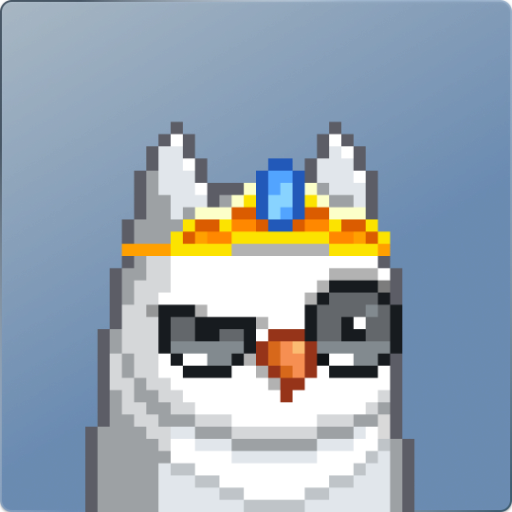
Your Startup Buddy
AI-Powered Solutions for Startup Success

Translator
AI-Powered Translation, Effortless and Accurate.

Command Line Guide
AI-powered tool for command line mastery
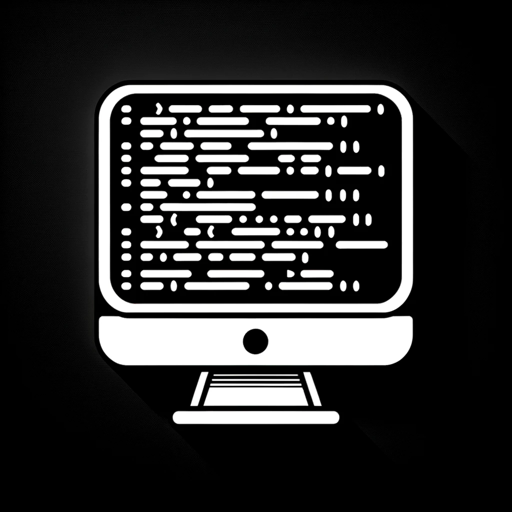
BashEmulator GPT
AI-powered Linux Bash terminal emulator
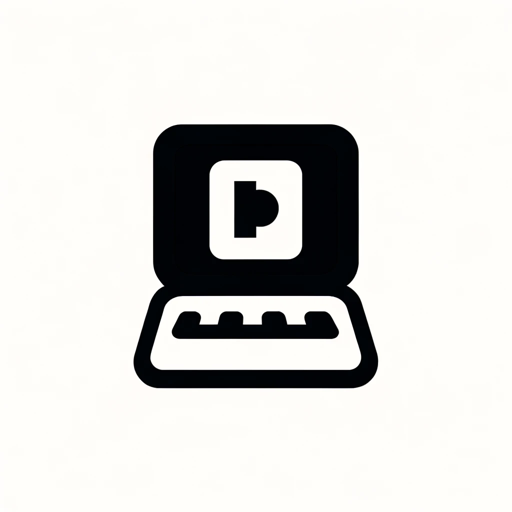
Home Assistant Assistant
AI-Powered Home Assistant Guidance

SpatzAI
AI-powered real-time conflict resolution
Long-Form Article Writer
AI-powered detailed article creation.

Free-Equal
AI-powered legal and human rights analysis
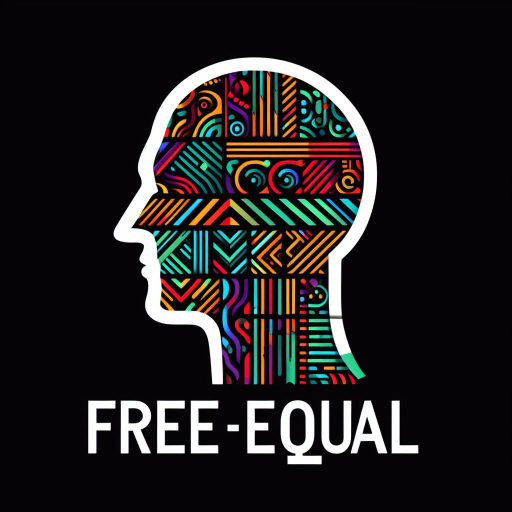
Technical SEO Audit by MTS
AI-powered comprehensive SEO audit tool.
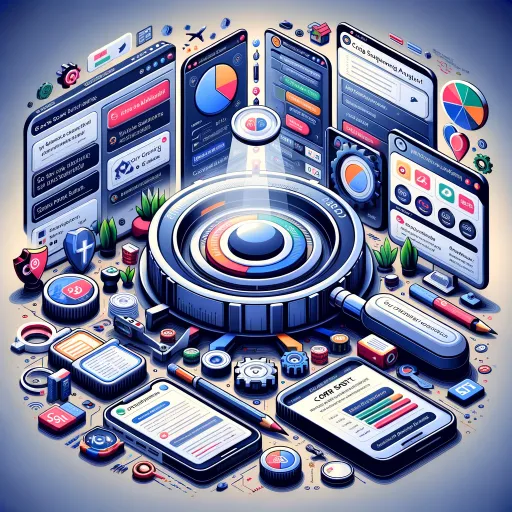
! Cover Creator !
AI-Powered Book Cover Design Made Easy
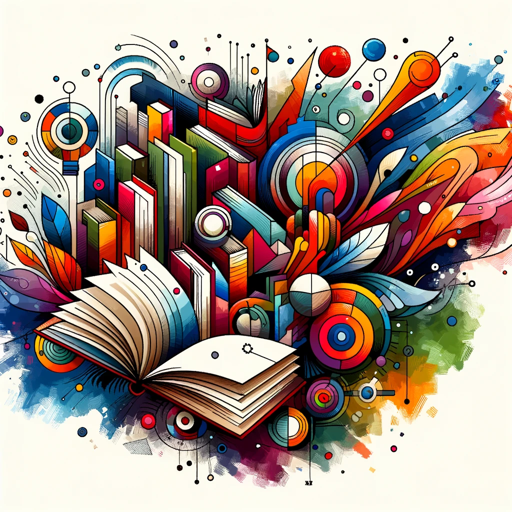
Gapier Assistant
Your AI-powered assistant for every task
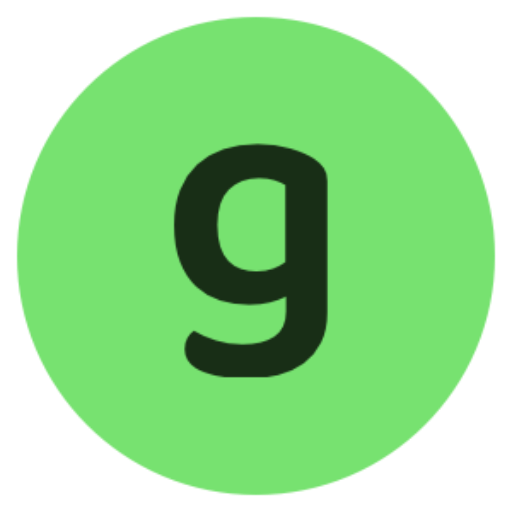
- Progress Tracking
- Lesson Planning
- Student Engagement
- Classroom Activities
- Team Challenges
Gamify Learning: Q&A
What is Gamify Learning?
Gamify Learning is a classroom-based approach that transforms traditional lessons into interactive games using physical props, challenges, and a points-based system to engage students.
How can teachers integrate Gamify Learning into their curriculum?
Teachers can align game activities with their learning objectives, use points-based systems for assignments, create game stations, and reward students with tangible items like badges or stickers, making the lesson immersive and fun.
What age group is Gamify Learning suitable for?
Gamify Learning can be adapted for any year group, from primary school to high school. The activities, challenges, and classroom transformations can be tailored to different age ranges and subjects.
What materials are required for a gamified lesson?
Materials depend on the gamified activity, but common items include posters, stickers, badges, wristbands, points trackers, and tangible rewards like certificates or tokens. Most activities can be set up with simple classroom supplies.
Can Gamify Learning be used for non-academic subjects?
Yes, Gamify Learning can be applied to non-academic subjects like art, physical education, or drama, as it encourages engagement, teamwork, and creativity through hands-on activities and group challenges.